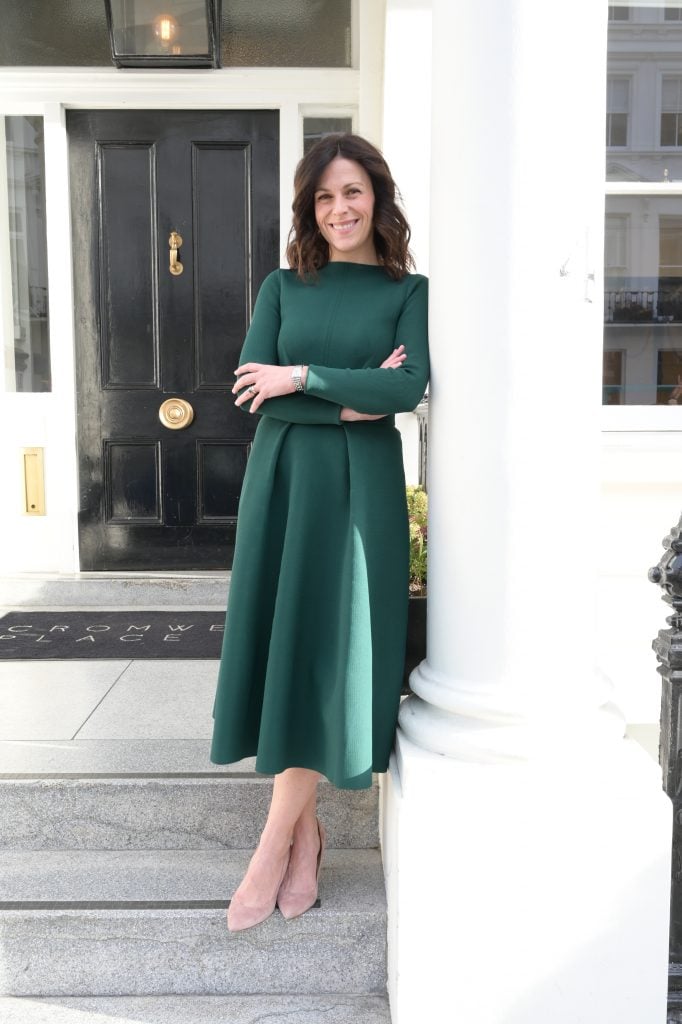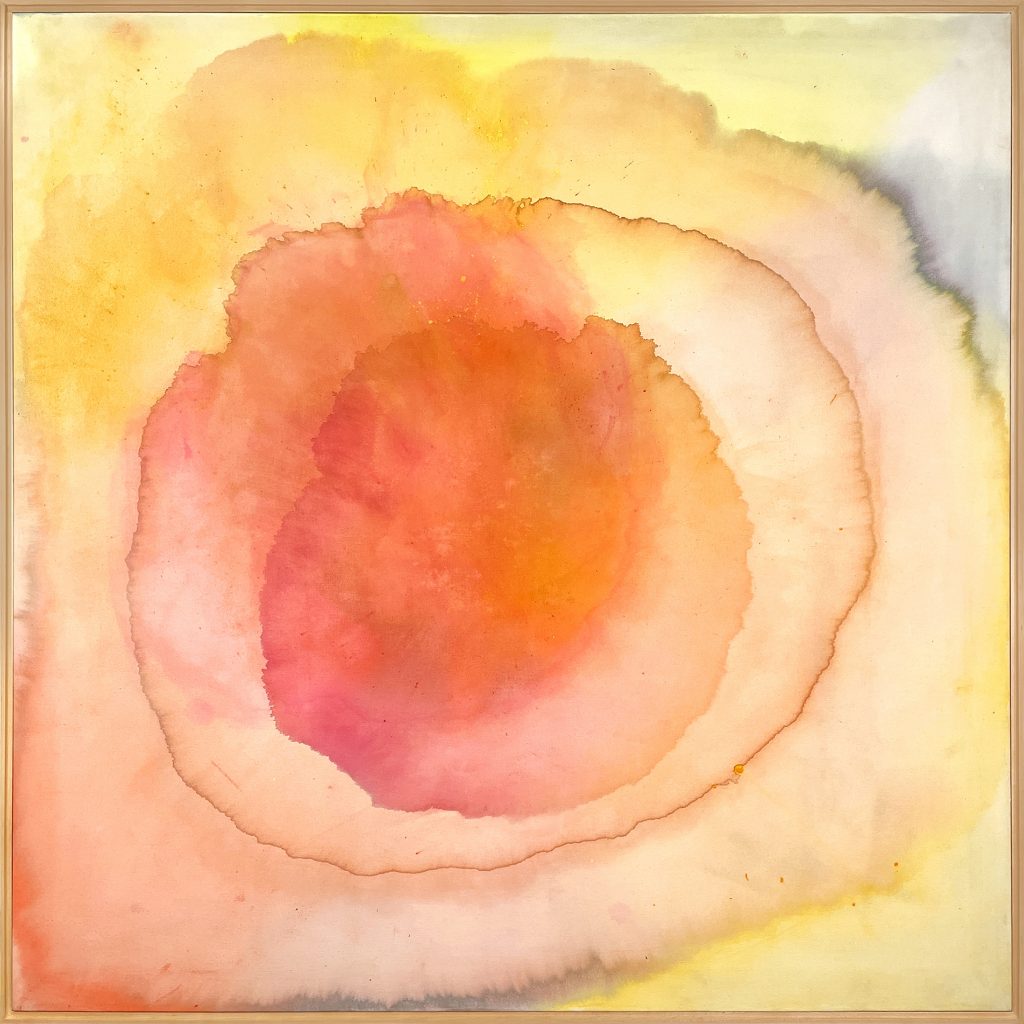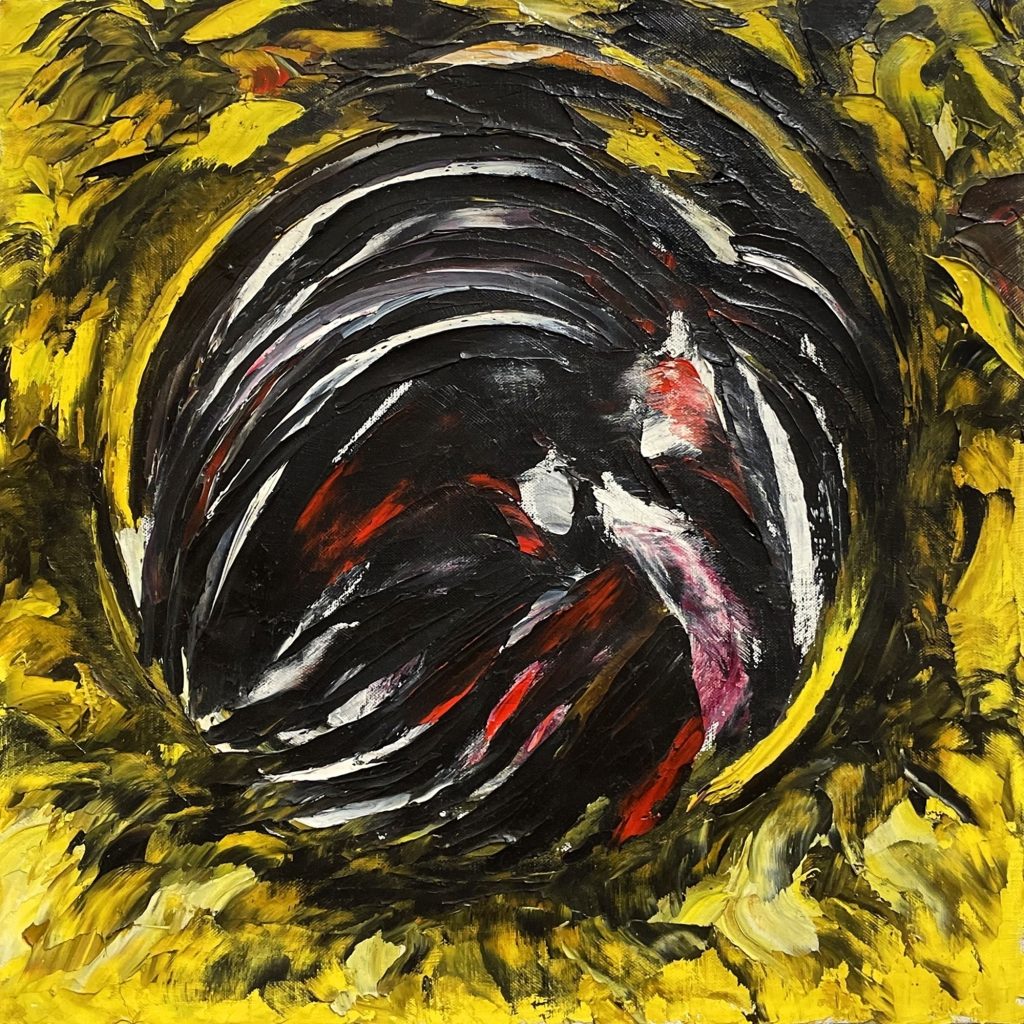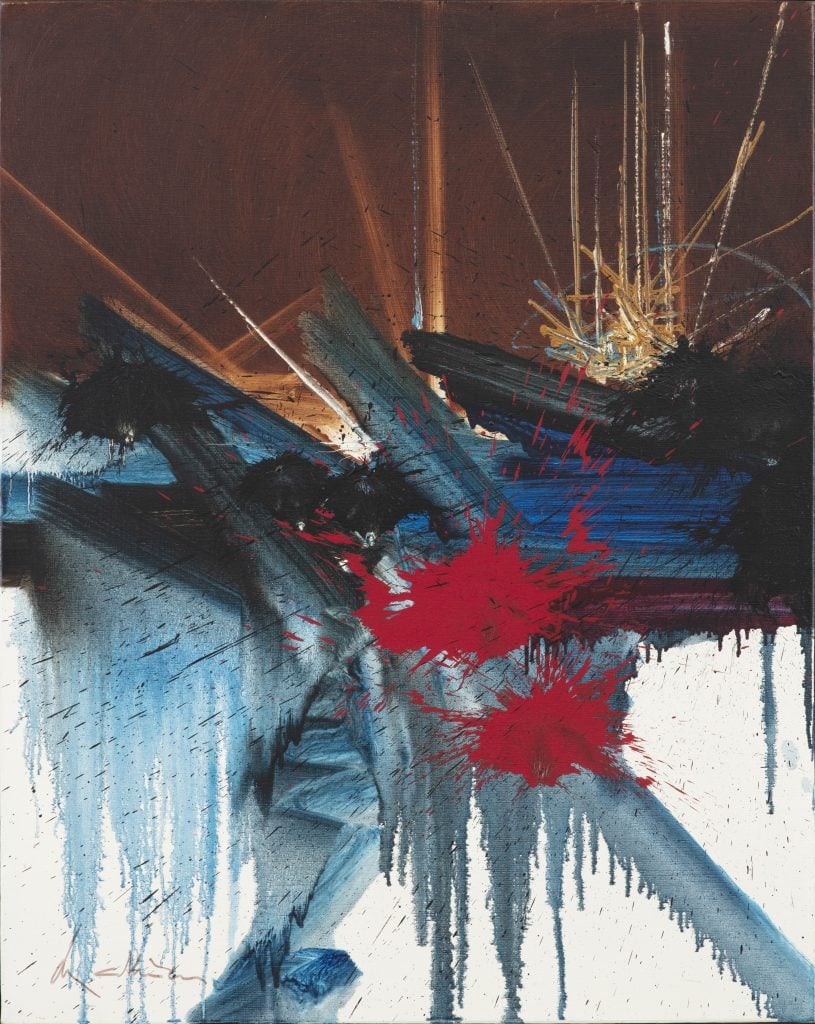Artnet Auctions
Artnet Auctions’s Martina Batovic on the Dynamism of Post-War Art and Her Highlights From the Current Sale
Batovic recently joined Artnet Auctions as the Co-Head of Post-War and Contemporary Art.

Batovic recently joined Artnet Auctions as the Co-Head of Post-War and Contemporary Art.

Artnet Auctions

Late last year, art historian and advisor Martina Batovic joined the Artnet Auctions team as the Co-Head of Post-War and Contemporary Art. With nearly two decades of experience in the art world, including helming her own consultancy Artisan Art Intelligence, Batovic is uniquely positioned to recognize and facilitate the presentation of a diverse selection of works in Artnet Auctions sales. One of the first projects Batovic has undertaken is the GEMS: Collecting Post-War Abstraction sale, now live until February 22, which features an array of historically significant as well as previously overlooked artists and artworks, from Sam Francis and Friedel Dzubas to Emily Mason and Lynne Drexler.
Marking Batovic’s arrival and the launch of the sale, we sat down with Batovic to learn more about her career journey, her specialty in postwar and contemporary art, and what gems she has her eye on.

Artnet Auctions Co-Head of Post-War and Contemporary Art Martina Batovic.
Can you tell us a bit about your background, and how you first became interested in the arts?
Growing up in the city of Split, Croatia on a UNESCO world heritage site, I simply took beauty in art and archaeology for granted. Studying art history at university piqued my interest in medieval and Renaissance art, and I came into the industry grounded in art history. But once I experienced London’s incredible contemporary scene in all its vibrancy and creativity, I learned to embrace the joy of living and breathing art created in our own time. I still get equally excited about an illumination in a medieval manuscript as I do about a work by a blue-chip contemporary artist, and the beauty of heading up a department that focuses on art created from the postwar period to the contemporary means I don’t have to choose between my areas of professional focus and personal interest.
To date, what is one of the things you are most proud of career wise?
My London career has been as fun as it was tricky to navigate at times. I came to London as a complete outsider, and to this day I remind myself that my biggest success is building a rewarding career from scratch—especially in a world which thrives on connections and social interaction. I can only credit London’s, and the contemporary art world’s, incredible openness and entrepreneurial spirit, which allowed me to thrive. I came to Artnet having started my own business in the pandemic and built it into a thriving boutique consultancy. The incredible experience of being an entrepreneur is certainly something I have carried into my current role.

Vivian Springford, Yellow and Roses #50 (Expansionist Series) (1976). Price realized on Artnet Auctions: $156,250.
As the new co-head of the Post-war and Contemporary Art department, what about this period in art history most interests you?
The second half of the 20th Century was arguably the most dynamic time in human history, so many events occurred that still affect the world today. It was a time of tremendous change, fast growth, and seemingly never-ending improvement, and artists were in tune with that. It is fascinating to observe how different socio-political environments served as the backdrop for art and artistic creation—from the unbridled optimism of New York in this period and its era-defining art production and collecting, to artists’ production in war-torn Europe in the aftermath of World War II and then its own incredible economic recovery. Artists are the best diarists of human emotion, and it is fascinating to observe life and understand it through their (artistic) lens.
If you could own any one artwork in the world, what would it be?
Impossible question! There are too many to choose from, but one work I could spend hours in front of is Joan Mitchell’s Ladybug from 1952. Sadly, the MoMA got there before I could.

Sonia Gechtoff, Golden Corrie (1961). Est. $20,000–$30,000.
Do you have any advice for collectors entering the auction sphere?
I advise my clients and encourage everyone to be brave and enjoy the process. Auction is a democratic way of engaging with art, and an incredibly educational process, not only because of the vast volume of often museum-quality works that are offered on a regular basis, but also in terms of seeing how the market is breathing. Buying from a gallery can be daunting, from just walking into a space to knowing how much something should cost, and auctions make the whole experience more transparent: estimates are public, interest in a work is palpable, and the process is straight forward. This is especially true with online bidding, where clients have time (two weeks) to explore the works, learn about artists, and engage with the bidding from the comfort of their own personal space. There is also a comfort and strength in numbers when you see others are interested in something you like, and it can be very reassuring—especially to new collectors.
Have there been any developments or leanings within the Post-war and Contemporary art market that you find particularly intriguing?
We are living through a truly exciting time in art history and, consequently, the art market. There is a renewed focus on artists who have been overlooked historically, and a conscious effort from museums, curators, writers, auction houses, and galleries to investigate the corners of art history that have been ignored for various reasons. This has taken us on a rewarding journey of learning about new artists, movements, practices, and whole careers that we didn’t know about. One example is Vivian Springford, who was in the epicenter of artistic production at the time, but always working in her own time and creating such a unique visual language which collectors are educating themselves on today. It means we have so much more to offer to younger generations of art historians and artists coming into the field. For collectors, it means there are superb artworks to engage with on a commercial level, and that not everything we thought of as important is under lock and key in public collections.

Georgese Mathieu, L’amour acre (1989). Est. $120,000–$180,00.
Are there any forthcoming auctions with Artnet that you are particularly looking forward to?
I am deeply passionate about postwar art, especially the place of female artists in the market, therefore I am unsurprisingly hugely excited about our current auction GEMS: Collecting Post-War Abstraction. The sale showcases artists who were active in the contemporary art scene of their time, but were overlooked by subsequent art historical narratives. It is curated by gallerist and collector Dakota Sica, and together with my colleagues in the team we have truly enjoyed putting the auction together. Sonia Gechtoff’s Golden Corrie from 1961 is a superb work which exudes incredible energy.
As a European, I am particularly pleased that we managed to secure some blue-chip works by artists working in the field of European abstraction, my favorite being the beautiful Georges Mathieu L’amour acre from 1989. This series of auctions has been very successful for us—breaking records for artists including Springford, Kikuo Saito, Dusti Bonge, and others—and I hope there will be many more to come.
GEMS: Collecting Post-War Abstraction is now live for bidding through February 22, 2024.